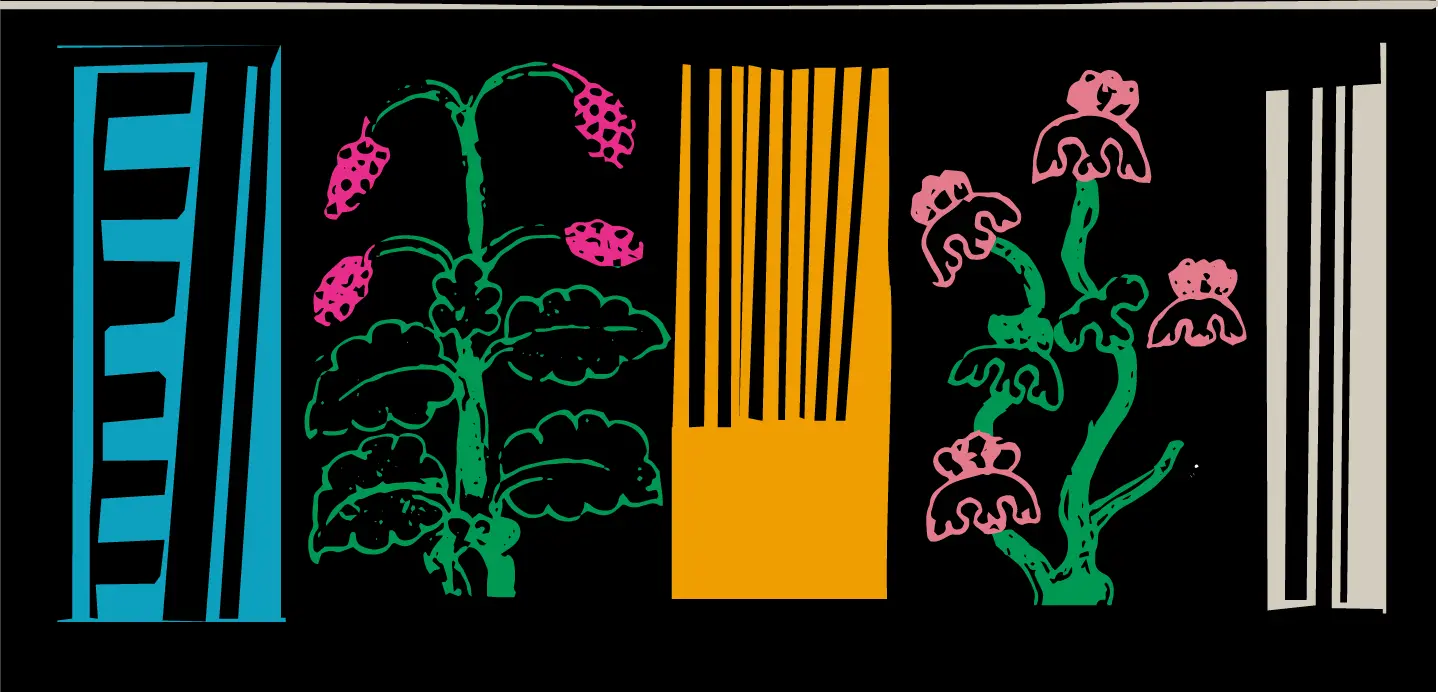‘Exchange’ is the blog section where we publish brief interviews with alumni from past editions of the Dharamshala International Film Festival: directors, writers, curators and attendees. The first edition is a conversation with filmmaker Umesh Vinayak Kulkarni, who curates the short film section at DIFF.
Anuj Malhotra is the publisher of online film journal, Projectorhead
—
a) Do you believe that the short film form, with the relatively lesser demand it makes on new filmmakers in terms of resources, represents an interesting democratisation of the exercise of film making?
I feel the short film form gives a filmmaker immense possibilities to explore the medium of cinema. The pressure to be successful is absent. You see most of the times, the budget for a feature films is rather high and it takes a long time to accumulate all the resources to make the film well. With a short film on the other hand, one can experiment freely without having to wonder constantly about the fate of the film after it is made. With digital technology, many artists, film makers, and even non-professionals who always wanted to experiment with cinema can gain access to the medium. There is a sense of freedom; from expectations, from returning the producer’s investment, the pressure to be a success. Even if a short film doesn’t work at festivals or otherwise, you are free to make another one.
b) Your own short films, Girni and Three of Us display very interesting aesthetic choices – while Girni seeks to make a conscious style visible (through its use of sound to imply character psychology), Three of Us is useful in understanding how to make style invisible (or unobtrusive).
First and foremost, a short film – or any other work of art – has to move something within me. Girni was made in 2005, when I was involved in the exploration of the dramatic form. Back then, I was trying to figure out whether simple, mundane moments, which perhaps do not have any dramatic impulse, can still evoke a strong passion within the audience? I was also trying to get away with words at that point in time, as I was also making a feature film with lots of dialogue.
c) As a curator and cinephile, what do you look at when you consider short films by other directors?
When I am watching a short film, I am always looking for an effort to push the boundaries of the medium to achieve whatever the experience on the screen is. Ideally, it should be cinematic – but not only that. I try to engage with what the film is trying to say, imagine the restrictions under which the film was produced, etc. I look for films made with minimal resources but that are still very powerful, which may inspire an audience member. It should enliven the idea of cinema as a tool for the communication of great ideas.
d) Duration itself has a strange relation to the development of cinema. The earliest films were all close to fifty seconds long, and then the first cine-artists learnt to join strips of film together to create longer films, longer poems and visual rhymes with more stanzas, essentially. If we disregard the story and the narrative element for a bit, at what point do you think a film exhausts itself – at what point can a filmmaker agree to abandon it, to leave it or to finish it? What, after all, determines a film’s duration?
While involved in the making of a film, which is when a filmmaker is closest to the process, it is impossible to realise what the perfect duration of the film may be (the notion of perfection is in itself dubious). With experience and over time, one begins to appreciate the relationship between the texture of the experience one is attempting to create and the duration of the film itself. (pauses) It also perhaps depends on the kind of person you are and your sensibility. For instance, when I screen my (Marathi) films for the European audiences, they tend to comment that they would be better ten minutes shorter, but the audiences in Maharashtra find them to be rather quick in their unfolding and wish they could be longer. But as a filmmaker, one doesn’t think of the audience; you sit with your editor and arrive at a consensus about the duration, finish the film, and move on to designing its sound. With short films, I have observed that various aspiring filmmakers tend to cram in content worthy of a feature film into the short-film duration – that is a definite problem.
e) What have been some of your favourite short films from recent years; why?
There are many of them. I have travelled to many short film festivals over the last ten years, and there is always a possibility that you may find poignant work somewhere. There are great titles at Clermont Ferrand, Oberhausen, or in Pusan, Munich, at Kerala. Some of the short titles from the film schools – FTII and SRFTII – are also good.
f) How do you evaluate the response to the short film section at Dharamshala? Also, has your effort been to create and then sustain a dialogue around these films, or a more activist role, in terms of inspiring local audiences to film their own lives, identify their own narratives and create a record of their own concerns and anxieties as well?
A short film always creates an enduring impact. If you see a short film that moves you, it is difficult to remove it from your system. It will haunt you for years. When I visited Dharamshala in June, I met young students who still remember the short films they had seen at the last year’s edition. If one of them gets motivated to make his own film as a result, I would be rather happy.
g) You attended the first edition of DIFF and since then have continued your involvement by curating the short film section. From your experience, why is it important to have a festival like DIFF in India?
The experience at DIFF was deeply satisfying. The selection of the films was rather intense, and I liked that the festival was personal, very friendly. It was about sharing a deep-seated love for the cinema with a warm audience and fellow filmmakers, getting to know them, their films, understanding where they come from. It also gave me an opportunity to truly engage with Dharamshala as a place.
There was a proper space allocated for interaction – this was reassuring after visiting many big festivals. Ideally, more such, smaller festivals should come up; this will help keep the idea of the film festival intact.





